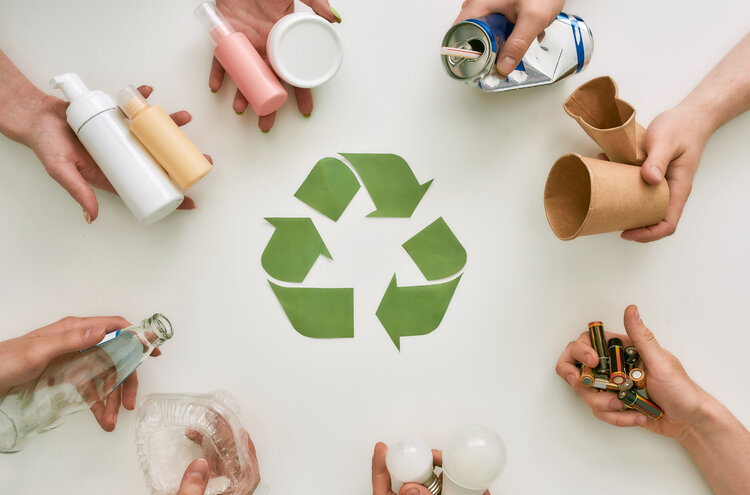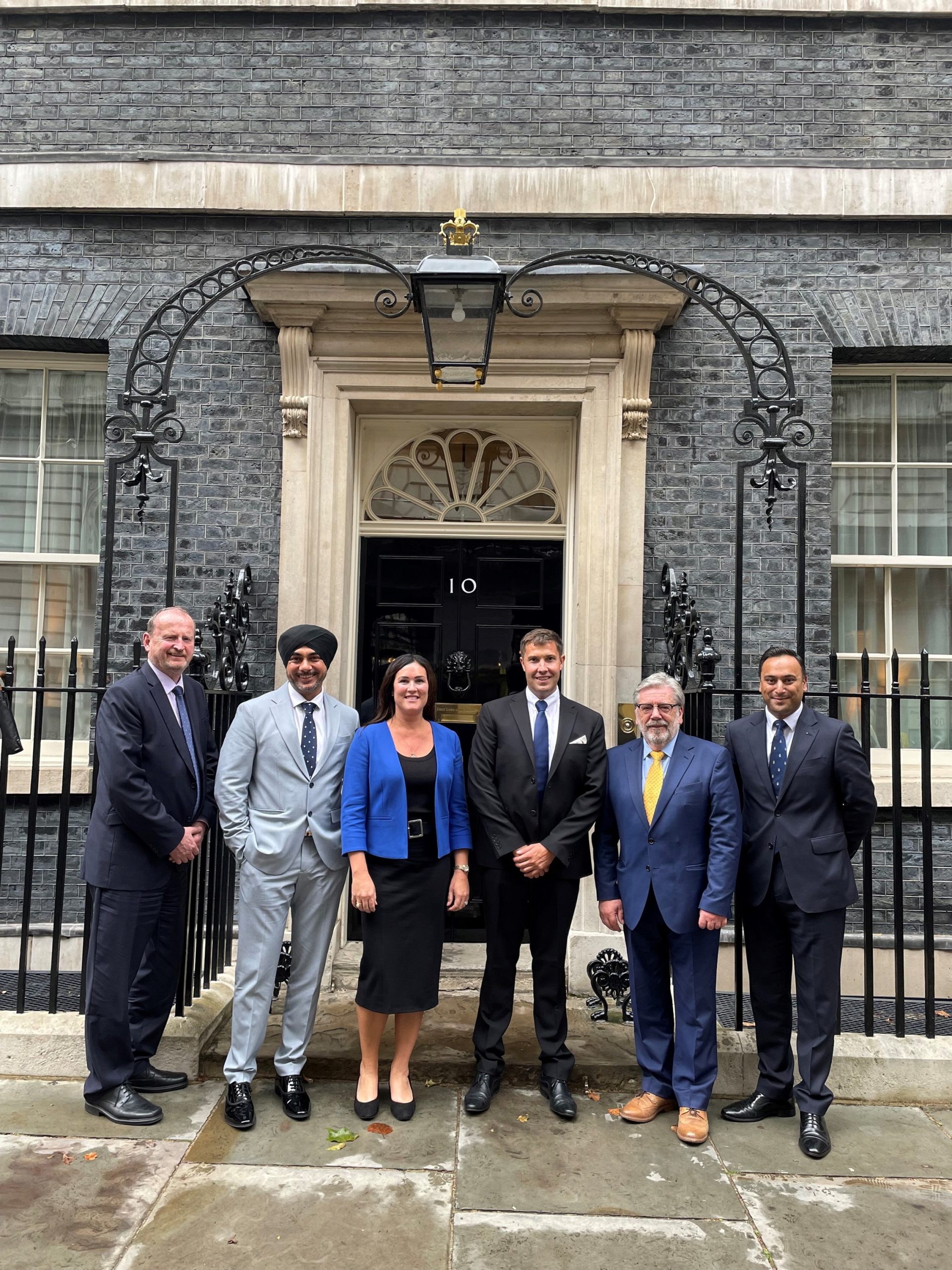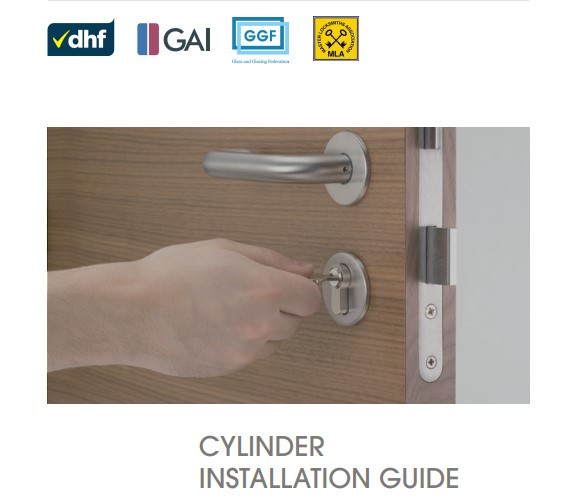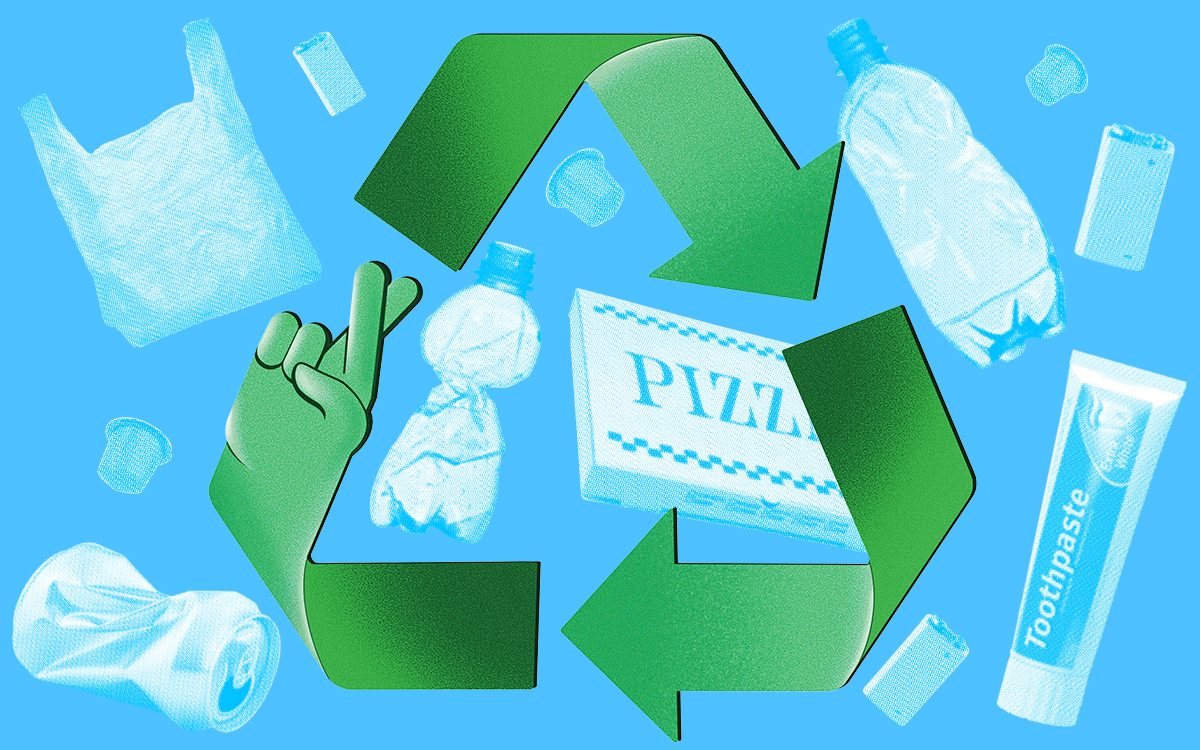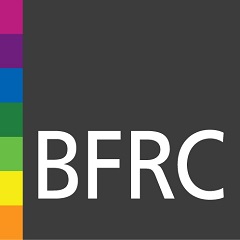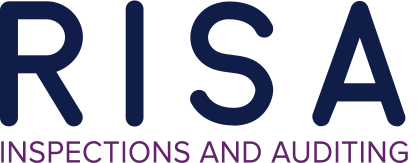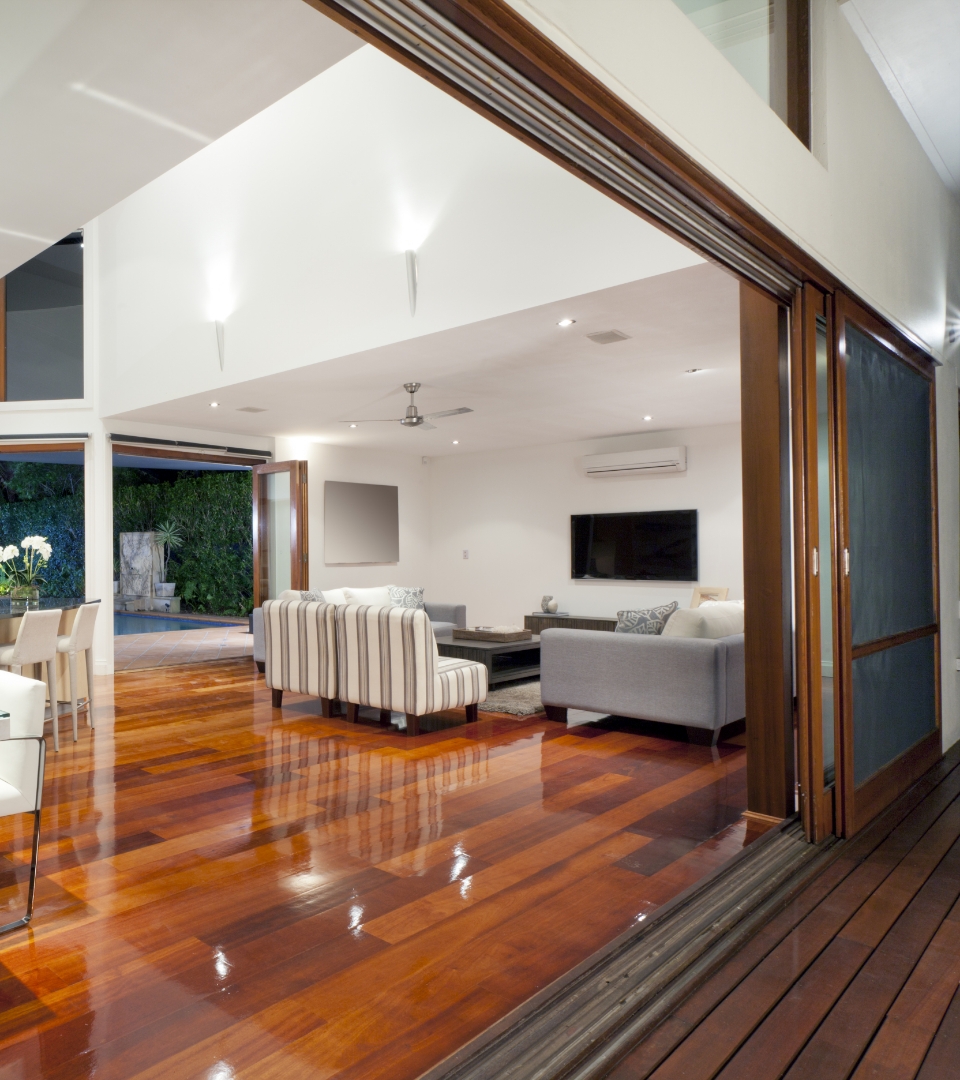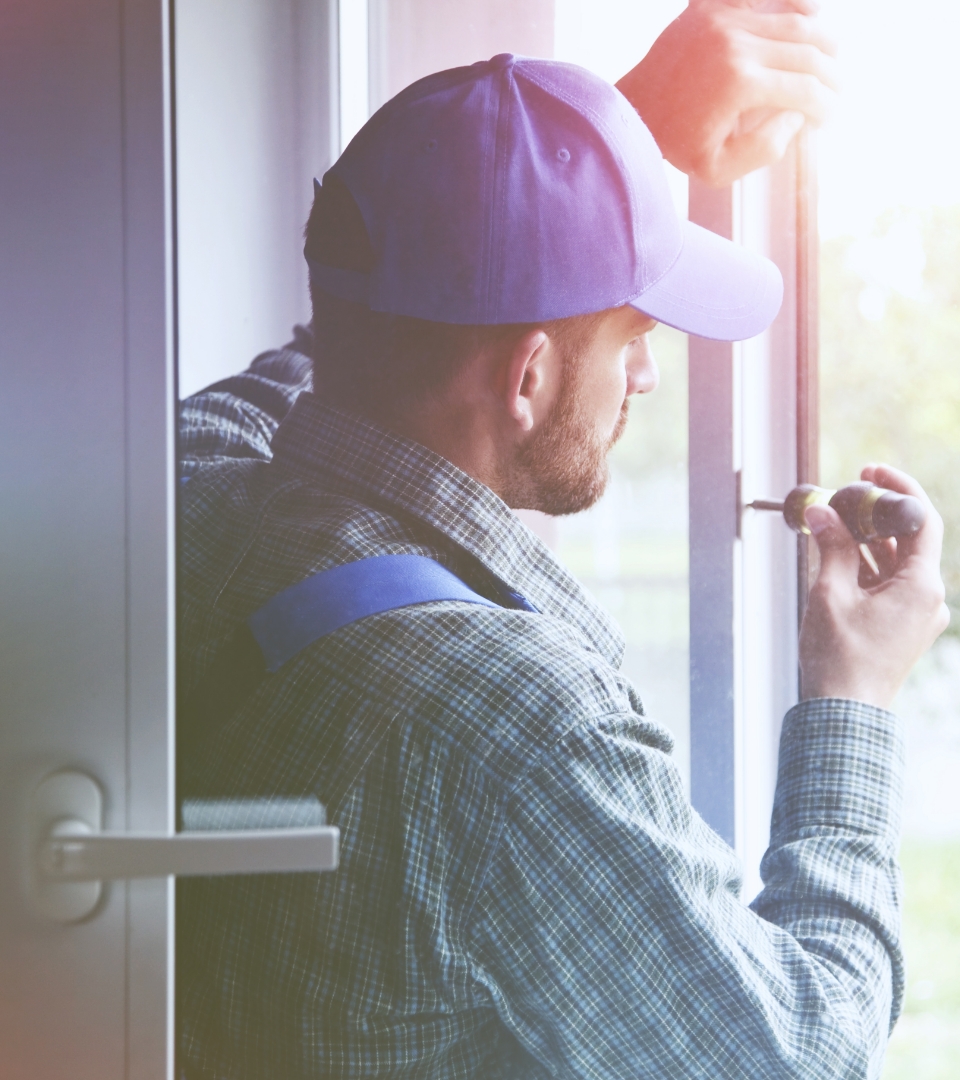VAT Relief for Glazing Products: Open Consultation
There is an extremely important consultation that is live until 31st May 2023 and the GGF are asking for your assistance to ensure that the Glazing sector provides the maximum number of responses possible.
The installation of certain energy saving materials (ESMs) in residential accommodation benefits from a VAT relief, supporting households to improve the energy efficiency of their homes by reducing or removing VAT due on installations of qualifying materials.
Windows and doors do not appear on this list and this consultation seeks views on which additional technologies should benefit from VAT relief. It also seeks views on whether the relief should be re-introduced for installations of ESMs in buildings intended solely for a relevant charitable purpose.
Click here to read the consultation: Call for evidence: VAT energy saving materials relief – improving energy efficiency and reducing carbon emissions – GOV.UK (www.gov.uk)
There is 19 questions in total.
- Questions 1 – 6 concern battery storage.
- Questions 7 – 11 ask if there any other technologies you believe meet the 3 objectives, but do not currently qualify for the relief.
- Questions 12 & 13 are asking if there are technologies currently qualify for the relief which you believe do not meet the 3 objectives and should not qualify for the relief.
- Questions 14 – 17 asks for view on reinstating relief on the installations on ESM’s in buildings for use sole for a relevant charitable purpose.
- Finally questions 18 & 19 are asking for suggestions on how to make the relief more effective and efficient.
A summary of the question is in Chapter 6 of the consultation document.
The three Objectives are:
- Improving energy efficiency and reducing carbon emissions
- Cost effectiveness
- Alignment with broader VAT principles
This is an open Government consultation and you can respond as an individual or a business. Each responses counts as one and therefore it is important that as many responses are received as possible. Some organisations are asking their employees to respond as individuals.
We have listed out below each question concerning additional technologies and some information that you may wish to provide as part of your answer. Please note that the answer you provide must be your own and not copied and pasted as the algorithm used to assess the responses may identify answers that are similar and remove them for the consultation evidence submissions.
| Question 7: How would you describe and define this technology for the purposes of the ESMs relief? The technology should include replacement windows, doors, roof lights and roof windows. |
| Question 8: How does the suggested technology meet each of the 3 objectives in Chapter 2? Objective 1: Windows and doors are energy saving materials as they are required to meet the Government’s energy efficiency requirements from the Approved Documents and Technical Handbook in the same way that all other insulation materials are required to do. The Glass and Glazing Federation (GGF) has calculated that replacing windows on a home that already benefits from floor, wall & loft insulation, fraught proofing, low energy lighting and solar water heating (where possible to fit), benefits from a heat energy loss saving of 22%. Objective 2: Replacing windows and doors represents excellent return on investment and the GGF has calculated a saving of £467 per household per annum on heat energy costs at the current capped rates. Objective 3: Providing VAT relief on replacing windows and doors will stimulate the uptake in energy efficiency in dwellings and will result in the saving identified above. All other fabric insulating materials used in existing dwellings already benefit from VAT relief and appear on the ESM. The total C02 savings See response to question 11 will contribute to the Governments Net Zero targets. |
| Question 9: Can you explain how this technology operates and does it work conjunction with other technology? If so, how? Replacement windows and doors are probably one of the most important element of a building’s fabric and work in conjunction will all other construction and insulation elements. They ensure that there is a total fabric solution. The current list of qualifying ESM’s includes a number of technologies such as Heat pumps and Micro combined heat and power units. None of these will operate and function to their optimum if the building fabric including replacing windows are doors are not addressed at the same time. The Approved Documents in England, Wales and Northern Ireland plus the Technical Handbook in Scotland prescribe the energy efficiency levels that windows and doors must achieve. As such they are already classed and energy saving materials but do not currently benefit from VAT relief like all other insulating materials. High performing glazing will be an integral part of the Future Homes Standard for new build as part of delivering a C02 neutral dwelling |
| Question 10: What is the typical cost of installing this technology in residential accommodation? Typical costs for a whole house replacement range from £4,500 to £6,000. However, with a saving of £467 each year through energy cost savings, windows and doors represent an excellent return on investment. However, windows and doors do not sell themselves and compared to other insulating materials they are not incentivised in any way. When other insulation materials are installed, the windows and doors become the point of least resistance leading to heat losses of 44.3%. This can be halved by the simple replacement of windows to current standards. |
| Question 11: What are the advantages and disadvantages of including this technology within the relief? It is reported that 86% of homes already benefit from double glazing (windows), yet the majority of these are at least 10 – 25 years old and their energy efficiency performance less than 50% compared to windows fitted today for compliance with the Government’s energy efficiency requirements as set out in the Approved Documents and Technical Handbook. Most homeowners do not realise that their existing double glazed windows would not meet the Government’s current energy efficiency requirements and that replacing them would deliver increased warmth and comfort, reduce their heat loss, save them an average of £467 per year and reduce C02 emissions. Replacing pre 2002 double glazing with new double glazing to current standard would save 3.16million tonnes of C02. This is the equivalent of taking 1.88 Million cars off the road. Replacing single glazing (5% of market) with new double glazing to current standard would save 2.8 million tonnes of C02, the equivalent of taking a further 1.66 Million cars off the road. These are very important number when considering how the UK will meet its Net Zero obligations and windows and doors must been seen as part of the solution. The annual savings to householders if all pre-2002 windows are replaced is calculated at £4.1 Billion. The GGF estimates that 80 million windows need replacing now. |
How To Respond
There does not appear to be a template for a response but the consultation on Chapter 7 states that responses should be sent to the VAT Reliefs Team by 31 May 2023 by email, or by post to:
HM Revenue and Customs
VAT Reliefs Team
B7.25
7th Floor
14 Westfield Avenue
Stratford
London
E20 1HZ
Chris Beedel, Head of Government Advocacy & Stakeholder Relations said “We might not get the chance to comment on VAT relief for our industry sector again for many years to come, so we really do need thousands of replies to this consultation.”
When responding please you will need to say if you are a business, individual or representative body.
In the case of representative bodies please provide information on the number and nature of people you represent.

 Emergency Glaziers
Emergency Glaziers GGF Shop
GGF Shop MyGlazing.com
MyGlazing.com Find a GGF Member
Find a GGF Member

